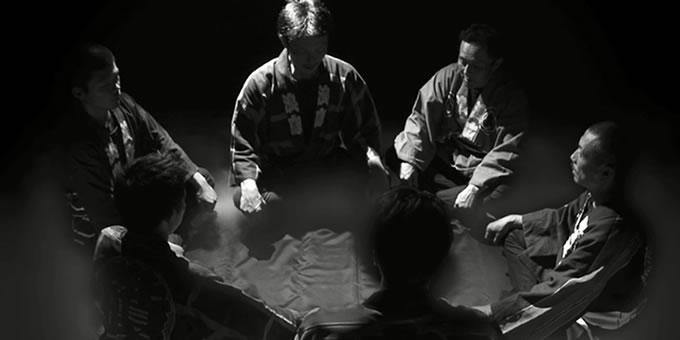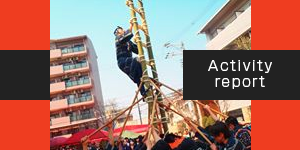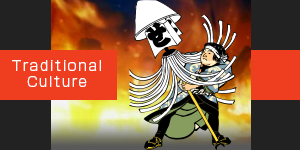
Kiyari originally refers to work chants that were sung as rallying cries and as signals to maintain work rhythm and unite firefighters.
There are two major types of kiyari chants: (1) kibiki kiyari (towing chants) sung when moving heavy material such as lumber, and (2) jigyo kiyari sung when punning the land.
Tobi workers’ kiyari chants fall under the category of jigyo kiyari (2). With the motorization of construction work, kiyari chants as work chants transformed into ritualistic chants and some of them became folk songs; nowadays, kiyari chants are sung not for work but as a kind of performing art.
While the kiyari chants were originally developed by tobi workers, it has been said that the workers were mostly local firemen and therefore kiyari chants got adopted into and succeeded through the fire brigades.
There are 110 songs of 8 types: manazuru, ji, kusari-mono, oikake-mono, teyasume-mono, nagare-mono, tan-mono and oma, which were compiled in Kiyari Teihon (standard kiyari textbook) by experienced kiyari workers in 1953 for handing-down standard kiyari chants.
Also, the 110 songs as traditional techniques and an art form were designated as intangible cultural properties and the EDO FIremanship Preservation Association assumes the social responsibility to preserve the properties.
Reference: website of the First Section of the EDO Firemanship Preservation Association (Japanese)







Comments are closed.